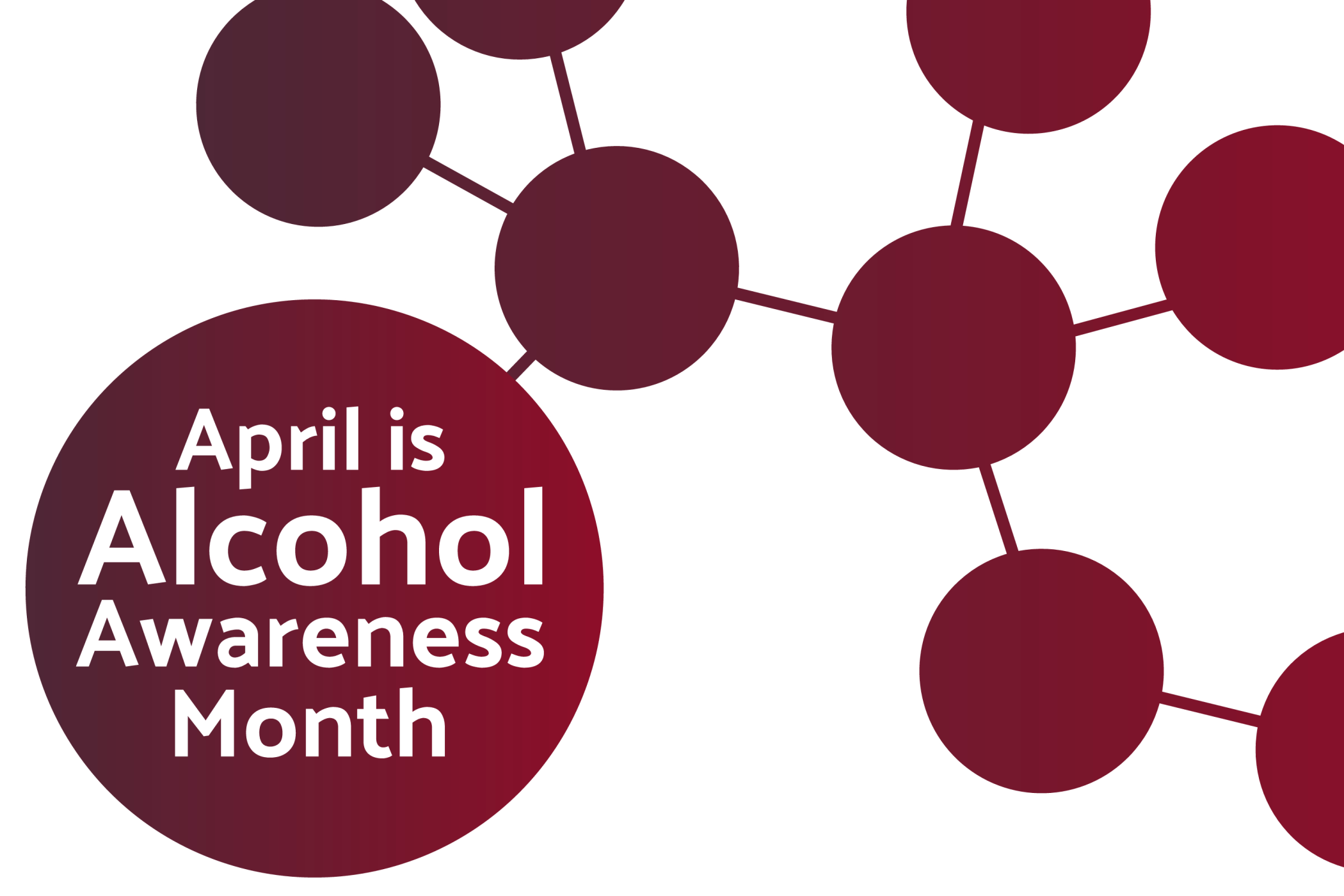12 Problems Teenagers Face in 2024

Even though teenagers are less likely to suffer severe illness from COVID-19, the safety precautions had adverse outcomes. Three out of four parents said COVID hurt their children’s social interactions, and 46% of teens showed signs of a new or worsening mental health condition during the pandemic, according to the University of Michigan.
Helping Teens Navigate Social Issues
As a parent, taking a fresh look at current problems teenagers face will help you lookout for concerns before they become a serious issues. Here are the top 12 teen social issues parents should be aware of and how you can help.
1. Anxiety
High expectations and pressure from parents to succeed are causing our teens problems. New technology allows parents to monitor their teens 24 hours a day. Tracking your teen’s location, driving skills, and grades may provide you with peace of mind, but it’s stressing your teen.
How to Help. Give your child a responsible amount of independence and the ability to make mistakes to teach them the skills they need to cope with stress.
2. Stress
High expectations and pressure from parents to succeed are causing our teens problems. New technology allows parents to monitor their teens 24 hours a day. Tracking your teen’s location, driving skills, and grades may provide you with peace of mind, but it’s stressing your teen.
How to Help. Give your child a responsible amount of independence and the ability to make mistakes to teach them the skills they need to cope with stress.
3. Depression
Suicide is the fourth leading cause of death for teens. Current events, including the war in Ukraine and mass shootings, are making kids more vulnerable to depression.
How to Help. Be on the lookout for signs of depression. Don’t hesitate to seek professional help for your teen.
4. Social Media
A study from Common Sense Media revealed teenagers spent an average of 87 minutes every day on social media. While social media keeps teens connected during remote learning, it can expose them to cyberbullying and negatively impact their friendships and mental health.
How to Help. Talk to your children about healthy ways to use social media and take steps to limit screen time. Make your teen take a break from their phone at least one hour before bed.
5. Bullying
As mask guidelines expire, teens are accusing their peers of wearing masks to hide their appearance. “Mask fishing” is just the latest in the long list of ways teens face bullying.
How to Help. Be on the lookout for warning signs, such as increased isolation, irritability, and difficulty sleeping. Help your child problem-solve the issue and get school administration involved if it continues.
6. Eating Disorders
The National Eating Disorders Association helpline saw a 40% jump in calls in the first year of COVID. Propelled by unrealistic expectations on social media and the entertainment industry, eating disorders continue to be a problem for many teens, especially females.
How to Help. Be a good role model and have conversations about how the media distorts the perception of beauty.
7. Peer Pressure
Negative peer pressure can lead to underage drinking, drug abuse, and teen pregnancy.
How to Help. Teach your teen effective exit strategies and get to know their friends to assess risk.
8. Desensitization
Many parents relaxed screen time rules during the pandemic to enable them to telework effectively. Kids are exposed to copious amounts of violence in video games, social media, movies, and the news. Desensitization can decrease a teen’s ability to empathize and increase aggression.
How to Help. Resume screen time limits and find teachable moments to talk to your kids about violence in the media.
9. Poverty
COVID created economic hardships for many families. The Pew Research Center reported four in 10 kids say poverty is a problem among their peers.
How to Help. Volunteer with your teen. Doing good will give them a sense of purpose and allow them to help their peers who are suffering.
10. Low Motivation
Navigating the new normal can be difficult for teens, including finding that motivation for academics and sports again.
How to Help. Encourage your teen to set small achievable goals to help them reach their ultimate objective.
11. Drug Addiction
Despite being at the lowest level since 1975, 32% of high school seniors reported using drugs in 2021.
How to Help. Talk to them about the perils of illicit drugs and the dangers of abusing prescription medication. Establish clear rules and make sure they understand the consequences.
12. Drinking Alcohol
Underage drinking continues to be one of the top problems teenagers face. According to the Journal for Adolescent Health, while the prevalence of teens who abuse alcohol is down, many parents relaxed their no-tolerance drinking rules during the pandemic. Underage drinking can lead to mental health issues and affect the still-developing brain.
How to Help. Arm yourself with underage drinking facts and start the conversation with your teen about the dangers of underage drinking. Talking regularly about underage drinking is the best way to prevent it.
Take the Pledge Today
Understanding what teens struggle with is a step in the right direction for keeping teens healthy and safe. Visit Talk It Out NC to learn more about preventing one of the top problems teenagers face — underage drinking. Take the Pledge to be the parent your child needs as they face these struggles.



